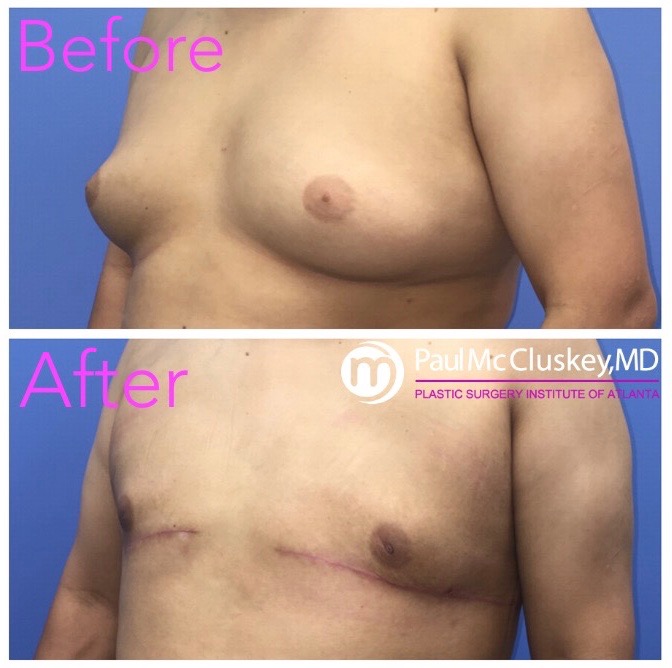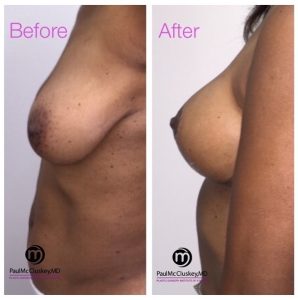 A rhinoplasty revision surgery helps in correcting issues that surface after conducting a primary rhinoplasty surgery. It is also referred to as a secondary or a tertiary rhinoplasty for this reason. Usually, about 5 percent to 12percent of the individuals come in for a revision surgery after the initial procedure. The surgery is understandably more complicated than other procedures. See Rhinoplasty Revision Surgery (Nose Job) Before and After Photos
A rhinoplasty revision surgery helps in correcting issues that surface after conducting a primary rhinoplasty surgery. It is also referred to as a secondary or a tertiary rhinoplasty for this reason. Usually, about 5 percent to 12percent of the individuals come in for a revision surgery after the initial procedure. The surgery is understandably more complicated than other procedures. See Rhinoplasty Revision Surgery (Nose Job) Before and After Photos
Rhinoplasty revision procedure
The complexity in performing a revision surgery arises from the fact that it involves surgically correcting the nose, whose anatomy has been previously changed, along with the presence of scar tissue build up, says Dr. Paul McCluskey, a reputed plastic surgeon of Atlanta, GA. Patients usually go up to the same cosmetic surgeon who performed the initial surgery for the revision surgery.
Prior to the surgery, you must set practical expectations, regarding the results of the procedure. You will have to discuss your medical history, your suitability for the procedure and such with the plastic surgeon. During the initial consultation, ask the surgeon about the diet you should follow before the surgery, for best results. You may have to stop smoking weeks before the surgery. Tell your plastic surgeon about any medications you take, and he may ask you to avoid taking certain medications and health supplements. Also, ask your surgeon about any other concerns you may have regarding the performance, risks and recovery regarding the revision rhinoplasty surgery. You can also ask your surgeon for some before and after photos of similar surgeries performed by him/her.
The patient is administered anesthesia before the surgery. The surgical technique employed differs based on the patient’s requirement, preferences, and recommendation of the cosmetic surgeon. It involves realigning the nose cartilage, so it achieves the results which could not be accomplished through the primary rhinoplasty.
In case the patient has more serious complications, then the plastic surgeon makes tiny incision in the skin in the area between nostrils. These incision heal easily, and are not visible. In case the nostrils’ base is wider than desired, it is made narrow, through making incision on either side of the creases where the cheeks and nostrils meet. The surgical scars are then carefully concealed amidst the creases. The nasal structure is rebuilt with the help of grafts from the ear, rib cartilage or septal tissues. This again depends on the nasal part that is being reconstructed through surgery. The surgeon may use plastic splints to support your nasal structure. A dissolvable plastic splint is the best choice, as it will not have to be removed later on.
Post-surgery recovery
Following surgery, your face may appear puffy, and you may experience pain in the operated area for a day or two. This is normal and you don’t need to worry about it. The surgeon may prescribe medications to counter the pain. You may also notice swelling and bruising, which may last for about three weeks. In the days following surgery, you may experience slight bleeding in the surgical site. The doctor may advice you to stay away from blowing your nose for a week or two, so as to not disturb the nasal structure. The stitches, splints and dressings are usually removed within a week’s time. You will be asked to refrain from strenuous activities for two or three weeks.
For more information on treatments and procedures offered offered by Plastic Surgeon, Dr. Paul McCluskey visit:













